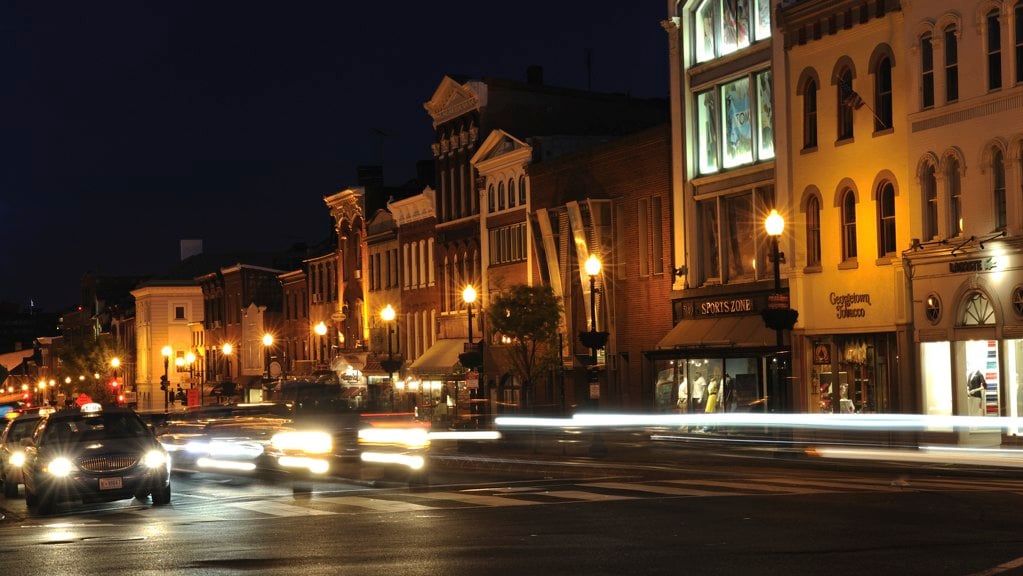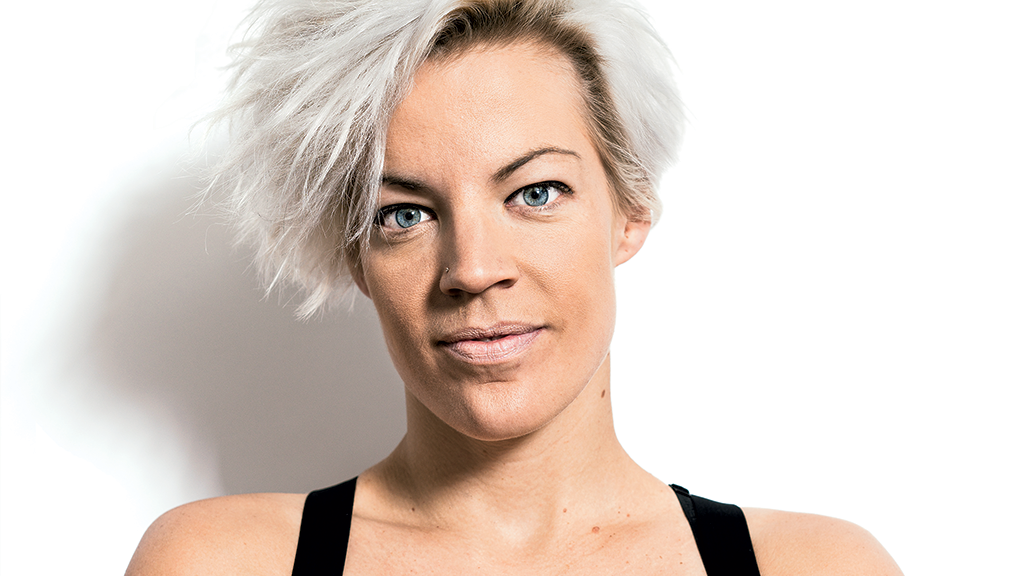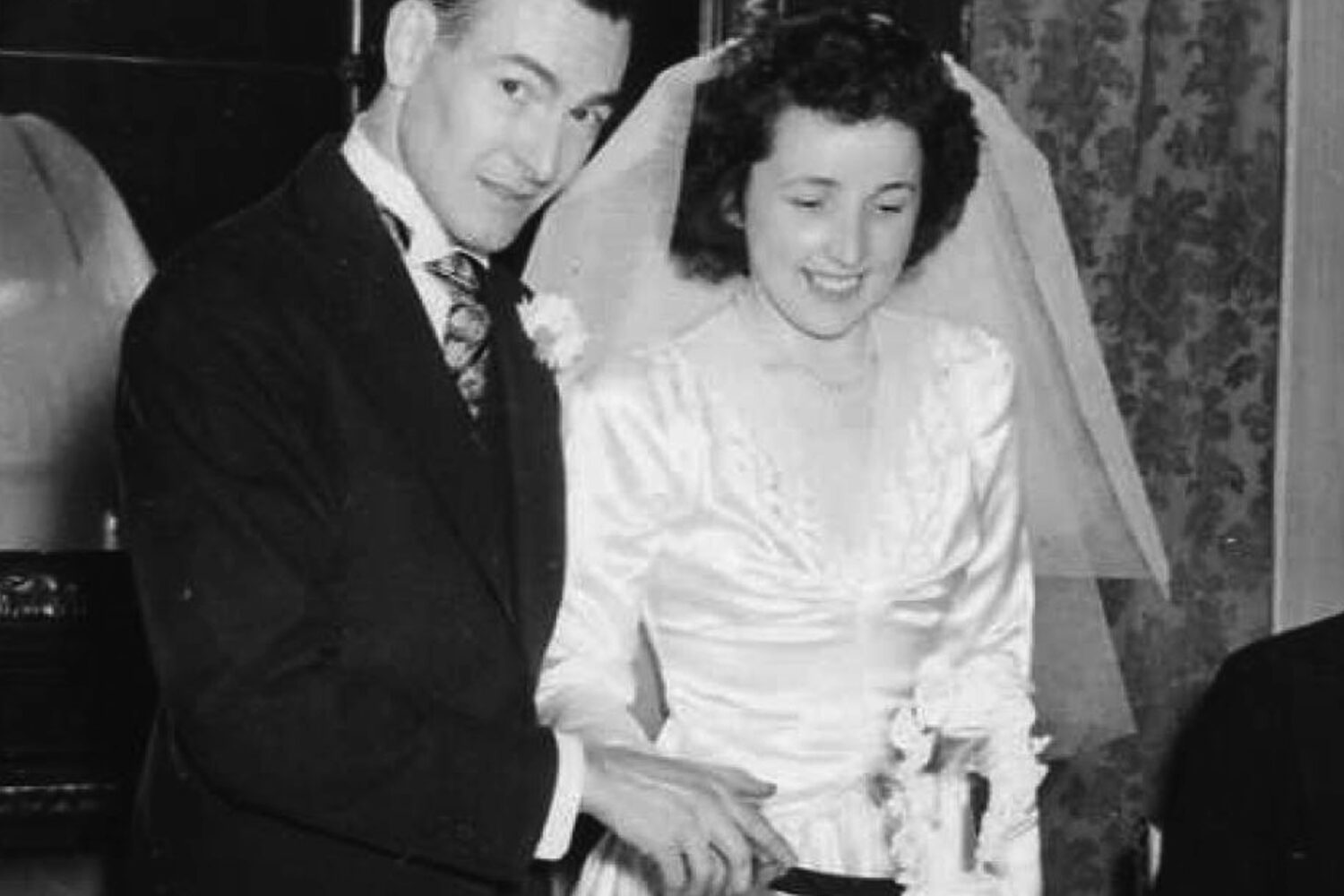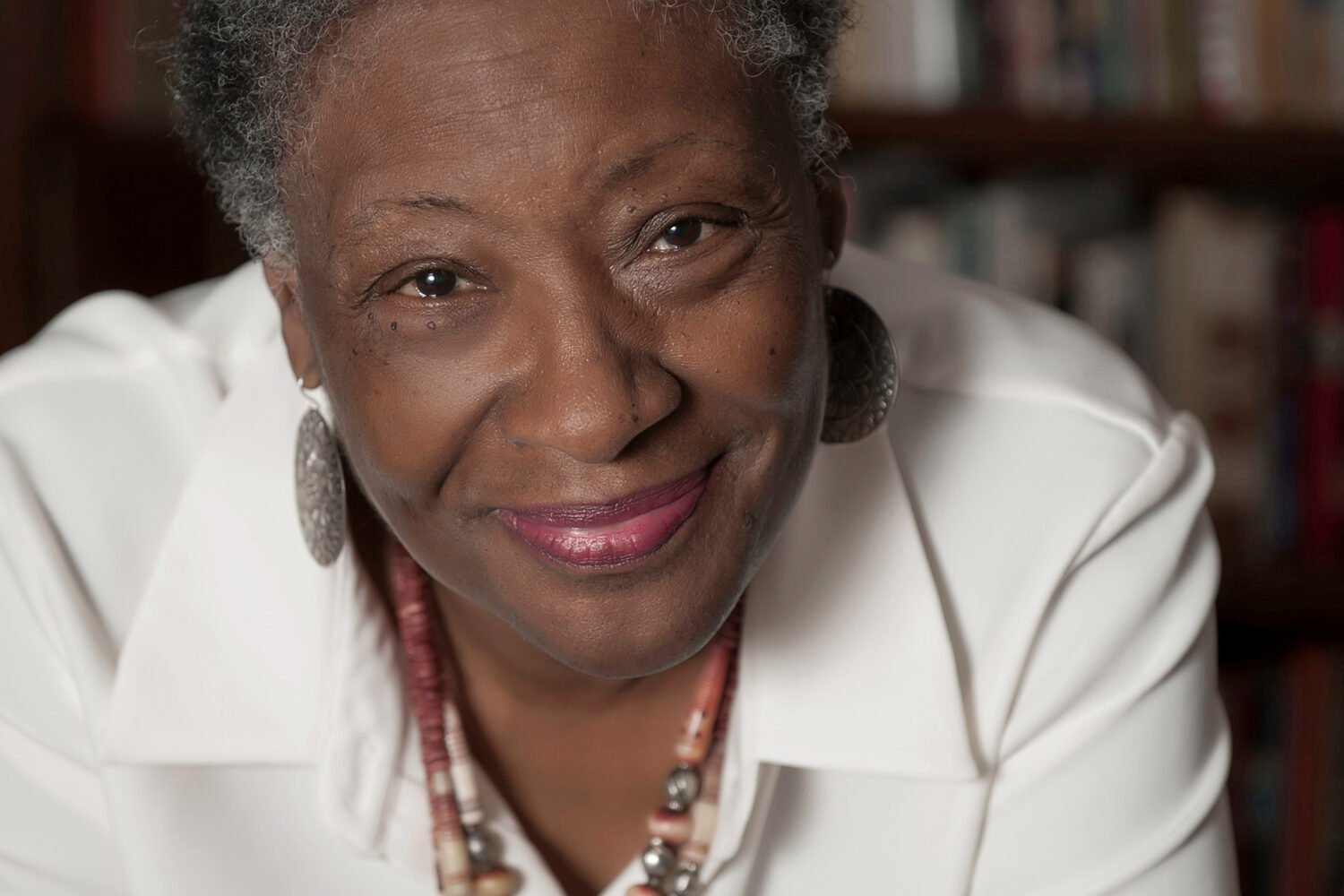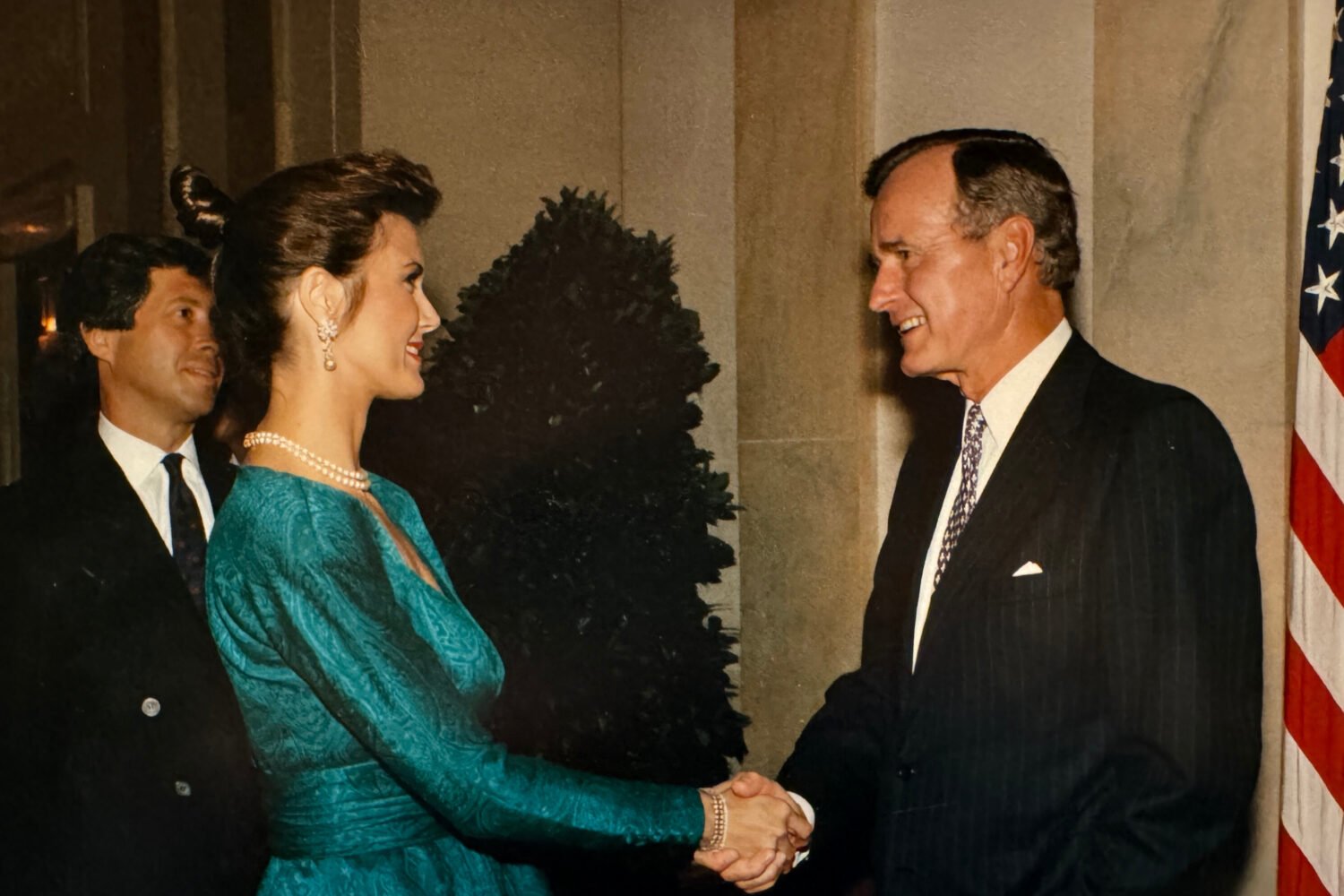Yesterday morning, at 6:45 AM, Jorge picked me up in his silver Toyota Corolla. We rolled down 18th together, just us, the green lights and the garbagemen for 9m 54s, as the Lyft app so unsentimentally records it. To me, it honestly felt longer. Twelve minutes, at least, wind in our hair, trading war stories.
For Jorge, this was his first fare of the day and one of the few he would take before he started his “real job” at eight. In my short but prolific career riding in stranger’s personal vehicles, I have met few Lyft (or Uber) drivers who don’t consider themselves to be something else. Driver-cum-recording artist. Pro table tennis player with a side of chauffeur. Last summer, a man told me he was on his way to buy a Rolls Royce, but looked up from a red light to find himself at a literal crossroads with a GMC dealership. A sign. The Lord wanted him, and consequently me and the flat-screen TV I’d just bought off Craigslist, safely installed in a Sierra 3500HD with leather interiors, which he would pay off with his Uber earnings. Driver-slash-believer.
I used to think that a driver’s favorite thing to talk about was how they spent all the time they weren’t in their cars. But then I started taking cars to orthopedists, and physiologists and physical therapists, ferried about in leg braces with lumbar supports, sometimes alone, but often with my husband. That’s when I learned the truth: What drivers really like talking about is medical drama.
Take Jorge. I never found out what Jorge’s slash was, but I did find out about his leg. One’s shorter than the other, he says. I tell him that my physical therapist measured my legs, and they seem to be the same size. “Therapy’s holistic medicine, though. That’s not science.” I said nothing. In part, because what’s the point in picking a fight with Jorge first thing in the morning, and in part because I’ve been seeing physical therapists for three months now and nothing really seems to help.
“Don’t they make a brace, or something you can put in your shoe?” I ask him.
“It’s uncomfortable,” he says. “But I’m sure whatever’s wrong with your back will be fine. They can’t actually make my bones different, you know?”
I think of Wolverine and sigh. I guess they really can’t.
Because I get chatty when I’m nervous, I immediately relate this story to my physical therapist Jane as she grinds what feels like the threads of a screw into my lumbar vertebrae. “Yeah, that’s why I went to school for three extra years,” she scoffs. “Because it’s not science.”
She also tells me that of the hundreds of people she’s met who claim to have leg differentials, it’s only been true of two. “It’s usually just pelvic rotation. PT can fix that,” Jane says, which is such a physical therapist thing to say.
It’s worth noting that Jane is wearing a cast that she wasn’t wearing last week and get this: She doesn’t want to talk about her injury. I wear her down. Turns out Jane fractured her ankle running to a 5K. Not during a 5K. En route to a 5K. I tell her that sucks, and I hope she gets well and pay her my $25 co-pay. If she was my Uber driver I would tell her that sucks, and so do doctors, and she probably won’t get well. I’ve found that this is more or less the 5 star answer my drivers want to hear.
It’s a lesson I learned on September 7 at 10:18 at night when Anthony picked me up from Georgetown Hospital in his Chrysler Town & Country and brought me home ($7.88, but it felt like more). He had to pick me up at the emergency room door, because even though Georgetown schedules MRIs until 9PM, every other door in the building was locked by the time I left. My husband was away and I was sad my leg would never feel better and Anthony was lovely and concerned. He showed his concern by telling me the story of how one morning he woke up and just couldn’t lift his arm anymore and the doctors never figured out why. It doesn’t really inhibit his daily life or cause him any pain, but Anthony used to be a bowler in a league with all his bowler friends, and he still drops in for a beer from time to time, but it’s not the same. Not really.
I have many friends with whom I used to walk places so the story hits me pretty hard. “But you’re young,” Anthony assures me as he pulls a reckless U-ey to ensure I won’t have to hobble across the street to my door. “You’ll dance again.”
I hadn’t even started worrying about dancing. Seed planted.
The next day Tweety picked me up in her Nissan Sentra, hands-down the best-smelling car I’ve ever been in. I limped to the corner in my walking boot, and she was kind enough to get out to help me with my carry-on, which she basically shot-putted into the trunk. $18.93 and, I’d like to hope, 5 mutual stars later, I learned that Tweety had suffered something pretty similar to Tony. A painless inability to move her arm higher than her shoulder. She didn’t bother with the doctor, because she doesn’t really need to lift it that far. I told her I was headed to a wedding but had been practicing my chair-dancing. She said she dances but doesn’t clap anymore, and I found myself making weird, impossible coping bargains like: I would trade my leg pain for a world without applause.
My leg hurts and spasms, so I couldn’t be an Uber driver even if I wanted to. But it means, like a driver, I spend a lot of time in cars with people I don’t know. And even though, as a passenger, it’s kind of sad and strange to talk about how the person behind the wheel hopes you’ll come to his improv show, I get it. And even though, as a patient, hearing about other people’s injuries is kind of a drag, I get that, too. I’ve even noticed myself pulling a similar trick, conflating the future with the past and my memories of it. Like how I’ve worked into my Uber elevator pitch that while my pain is still unexplained, it’s probably not permanent. It’s just a side effect of my life, which is full of walking and dancing and writing and clapping so hard my hands sting.
I get they’re not really drivers. I’m not really a passenger.

